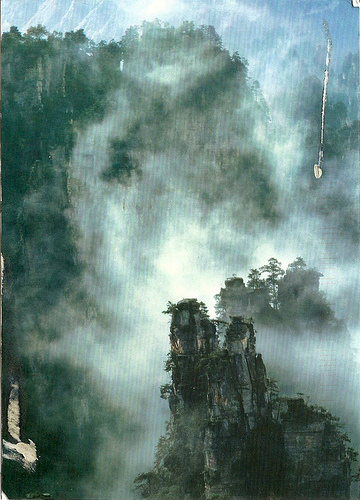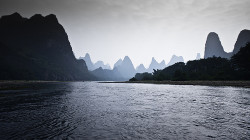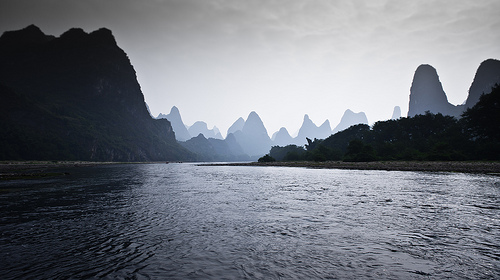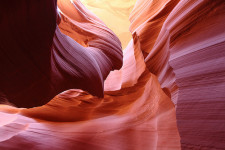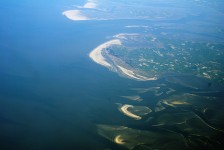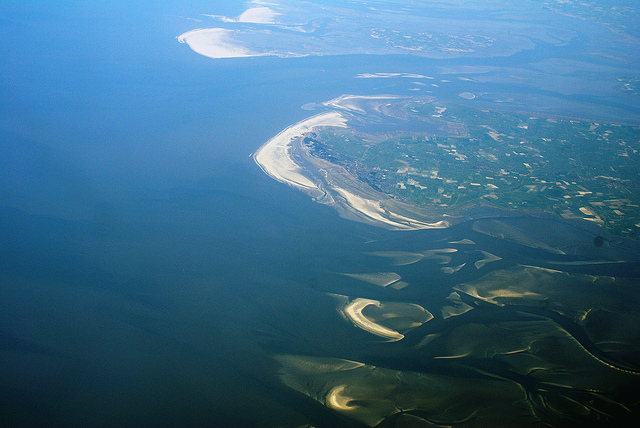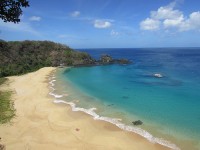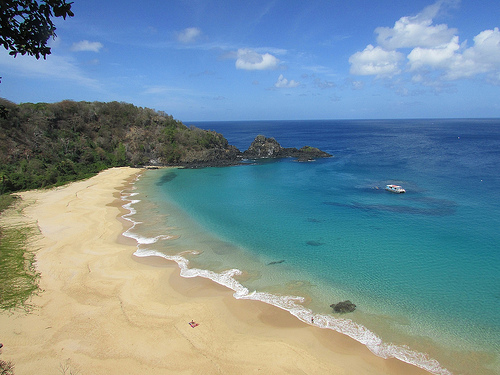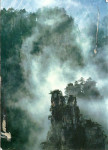
The Tianzi Mountain Nature Reserve is quite mystical.
- Tianzi Mountain Nature Reserve is a reserve that primarily contains numerous stone pillars, and is found in Asia’s China, in the Hunan Province, in the Zhangjiajie area.
- Tianzi Mountain Nature Reserve covers an area of 67 square kilometres (25.87 square miles).
- ‘Tianzi Mountain Nature Reserve’, also called ‘Tianzishan’, was named after Xiang Dakun, a Chinese man who took on the name ‘Tianzi’, meaning ‘son of heaven’, after leading a successful rebellion some time between 1127 and 1279.
- Tianzi Mountain Nature Reserve’s pillars are mostly very tall and narrow, and the highest peak reaches 1,262 metres (4,140 feet).
- Tianzi Mountain Nature Reserve is most picturesque during April, May, September and October.
Illustration of Tianzi Mountain Nature Reserve
Image courtesy of Stephanie/Flickr
- Tianzi Mountain Nature Reserve is full of valleys, waterfalls and erect rock peaks, and the area is said to have inspired some of the scenery from the popular 2009 Avatar film.
- Tianzi Mountain Nature Reserve peaks can be seen via cable cars, which span a distance of 2.1 kilometres (1.3 miles).
- Tianzi Mountain Nature Reserve rock pillars are made primarily of quartzite sandstone.
- Tianzi Mountain Nature Reserve is part of the Wulingyuan Scenic and Historic Interest Area, that was designated as a UNESCO World Heritage Site in 1992.
- Many pine trees grow on the top of the rock peaks of Tianzi Mountain Nature Reserve.
Bibliography:
Tianzi Mountain, 2014, Wikipedia, http://en.wikipedia.org/wiki/Tianzi_Mountain
Tianzi Mountain Nature Reserve, 2014, China Travel, http://www.chinatravel.com/zhangjiajie-attraction/tianzi-mountain-nature-reserve/
Tianzi Mountain Nature Reserve, 2014, TravelChinaGuide.com, http://www.travelchinaguide.com/attraction/hunan/zhangjiajie/tianzi-mountain.htm





